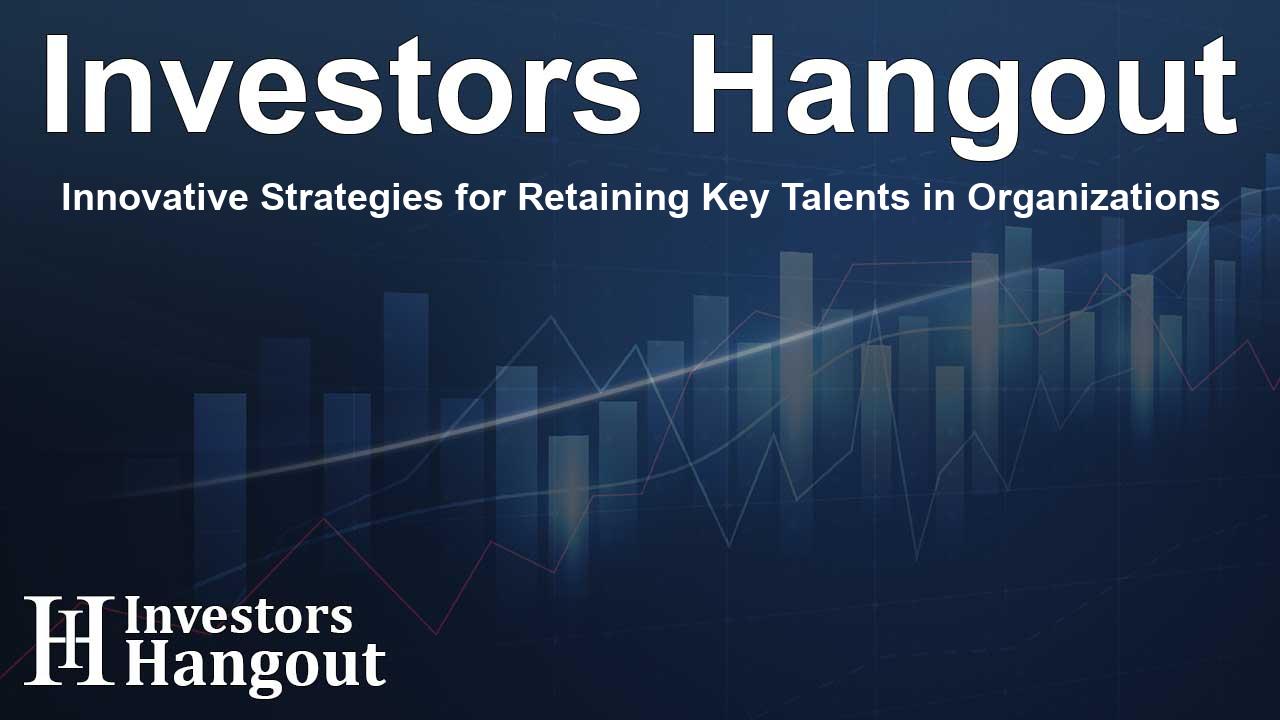Innovative Strategies for Retaining Key Talents in Organizations

Understanding Employee Turnover Risks
As organizations around the globe navigate the complexities of employee turnover, McLean & Company has emerged as a beacon for proactive talent retention. Their latest research reveals vital insights into the dynamics of workforce management, focusing on the importance of retaining key employees amidst the shifting landscape of work environments.
Introduction to Flight Risk Analysis
The critical need for organizations to address flight risk is at an all-time high, with McLean & Company presenting a comprehensive framework termed the Guide to Assessing Flight Risk of Key Talent. This guide equips businesses with actionable strategies to pinpoint potential turnover threats, helping HR professionals and leaders implement effective measures for retention.
Why Employee Retention Matters
The consequences of losing key talent extend far beyond mere recruitment costs; they hinder productivity and stifle innovation. Recent findings from McLean & Company illustrate that businesses exhibiting low voluntary turnover rates often meet their strategic goals more effectively. The research indicates a direct correlation between employee retention and organizational performance.
Key Insights from the McLean & Company Framework
According to Molly Woudenberg, project manager at McLean & Company, understanding the narrative of employee departures is essential. "By identifying factors contributing to turnover before it's too late, organizations can maintain a stable workforce and foster an environment that prioritizes employee satisfaction and engagement," Woudenberg emphasizes.
Recognizing Warning Signs
Organizations are encouraged to move beyond informal assessments of employee satisfaction that may not provide the depth of insight required. McLean & Company’s research underscores the need for systematic evaluations that incorporate both qualitative and quantitative data. Identifying signs of disengagement early—such as reduced motivation and tardiness—can prevent costly turnover.
The Role of Stay Conversations
One of the pivotal strategies highlighted in the guide is the importance of regular “stay conversations.” These proactive discussions allow managers to uncover employees’ concerns and aspirations, thereby addressing potential issues long before they escalate into something more significant like turnover.
Steps for Implementing the Framework
The pathway to successful talent retention is structured around a three-step process: preparing for the assessment, conducting thorough evaluations, and establishing mitigation strategies.
Preparation for Assessment
HR professionals must first define the scope of their assessment and identify key positions vital to their organizational objectives. By leveraging data such as performance patterns, employee history, and engagement metrics, companies can create a baseline for understanding turnover risks.
Conducting Comprehensive Assessments
Through combining various data sources, managers can analyze indicators that may signal flight risk. This analysis not only involves evaluating job satisfaction levels and career progression opportunities but also engaging in structured conversations with team members to grasp their workplace experiences fully.
Creating a Retention Culture
To mitigate risks effectively, organizations need to develop tailored retention plans for those identified at high risk of leaving. Whether implementing flexible work arrangements or providing career development opportunities, these strategies are designed to meet employees' unique needs and reinforce their value within the organization.
Empowering HR Leaders with New Insights
McLean & Company’s findings advocate for a shift from reactive behaviors in employee retention to a proactive approach that views talent management as stewardship. By institutionalizing the assessment process for flight risk, organizations can cultivate a culture of transparency and trust, which are foundational to long-term workplace relationships.
Frequently Asked Questions
What is the Guide to Assessing Flight Risk of Key Talent?
The guide from McLean & Company provides a framework for organizations to identify employees at risk of leaving and implement strategies to retain them.
Why is employee retention important for organizations?
Retaining key talent boosts productivity, preserves institutional knowledge, and ultimately helps organizations achieve their strategic goals.
How can organizations recognize flight risks early?
By evaluating behavioral indicators and conducting stay conversations, companies can detect early signs of disengagement among employees.
What are stay conversations?
Stay conversations are proactive discussions between managers and employees that focus on employee satisfaction, career goals, and any concerns that might lead to turnover.
What is the role of HR in employee retention?
HR plays a critical role by implementing frameworks to assess turnover risks and ensuring that organizations support their workforce effectively.
About The Author
Contact Olivia Taylor privately here. Or send an email with ATTN: Olivia Taylor as the subject to contact@investorshangout.com.
About Investors Hangout
Investors Hangout is a leading online stock forum for financial discussion and learning, offering a wide range of free tools and resources. It draws in traders of all levels, who exchange market knowledge, investigate trading tactics, and keep an eye on industry developments in real time. Featuring financial articles, stock message boards, quotes, charts, company profiles, and live news updates. Through cooperative learning and a wealth of informational resources, it helps users from novices creating their first portfolios to experts honing their techniques. Join Investors Hangout today: https://investorshangout.com/
The content of this article is based on factual, publicly available information and does not represent legal, financial, or investment advice. Investors Hangout does not offer financial advice, and the author is not a licensed financial advisor. Consult a qualified advisor before making any financial or investment decisions based on this article. This article should not be considered advice to purchase, sell, or hold any securities or other investments. If any of the material provided here is inaccurate, please contact us for corrections.
